
If your oven is not heating up quickly, chances are there is something wrong with an internal component that will need to be repaired or replaced. Carrying out these repairs requires knowledge of how to work with electrical components. If you’re not experienced in working with electronics, you will need to get a technician to inspect your appliance and make any necessary repairs.
The best place to start is to check the power supply.
Oven power supply
An electric oven needs 240 volts of alternating current to heat correctly, and a gas oven needs 120 volts. If your oven doesn’t have enough alternating current, it will not be able to heat quickly enough, or in some cases, not at all.
Follow these steps to rule the power supply out as the cause of the problem:
- Begin by inspecting the circuit breaker and reset it if it has tripped.
- Then, if possible, connect your oven to a different power socket and check if it heats up correctly when using another socket. If it does, it indicates that the original socket is defective. You will need to get an electrician to repair it.
- If another power socket doesn’t fix the heating problem, use a multimeter to test the voltage of the original power socket. If the multimeter indicates an incorrect voltage, the socket will need to be fixed by an electrician. If the voltage is correct, check the next internal component.
Gas oven igniter
The gas igniter is specific to gas ovens. If you have an electronic oven, you can skip the next three components and go straight to the heating element section. The igniter can sometimes become defective, which will prevent the gas from igniting properly or not at all. When this occurs, your oven won’t heat quickly to the required temperature.
Follow these steps to rule the igniter out as the cause of the problem:
- Start by trying to light your oven burner.
- If the igniter doesn’t ignite the gas, turn the gas and power off, and locate the igniter unit.
- Once located, disconnect the igniter.
- Use a multimeter to test the continuity of the igniter. If the multimeter indicates no continuity, the igniter must be replaced. Call an electrician if you don’t know how to do this yourself. If the igniter has continuity, test the next internal component.
The spark electrode
The spark electrode assists the igniter in getting your gas oven fired up. When the spark electrode fails to work, your oven will not be able to heat correctly or not at all.
Follow these steps to rule the spark electrode out as the cause of the problem:
- Begin by turning the power and gas off.
- Locate the spark electrode.
- Once located, disconnect the spark electrode.
- Use a multimeter to test the continuity of the spark electrode. If the multimeter indicates no continuity, the spark electrode must be replaced. Call an electrician if you don’t know how to do this yourself. If the spark electrode has continuity, test the next internal component.
Oven safety valve
The purpose of the gas safety valve is to let gas into your gas oven when you turn it on. When your oven is off, the gas valve closes to prevent gas leaks. If the valve is broken, the gas supply will fail to work correctly, and your oven won’t heat quickly or not at all.
Follow these steps to rule out the safety valve as the cause of the problem:
- Turn the power and gas off.
- Locate the safety valve.
- Once located, disconnect the safety valve.
- Use a multimeter to test the continuity of the safety valve. If the multimeter indicates no continuity, the safety valve must be replaced. Call an electrician if you don’t know how to do this yourself. If the safety valve has continuity, test the next internal component.
The heating element
The heating element component is specific to electric ovens. If you have a gas oven, skip down to the thermal fuse section. It’s possible that a heating element can still work but not heat your oven quickly enough due to the element becoming worn out.
Follow these steps to rule out the heating element as the cause of the problem:
- Remove the heating element cover (if applicable) to see the element.
- Switch your oven on to bake and the highest temperature setting.
- Once the oven starts to heat, check if the element is bright red. If not, this means the element is defective and must be replaced.
- To double-check if the heating element is working correctly, use a multimeter to test the continuity of the igniter. Before doing this, ensure the oven has cooled down, the power is switched off, and you have disconnected the element.
- If the multimeter indicates no continuity, the element must be replaced. Call an electrician if you don’t know how to do this yourself. If the heating element has continuity, test the next internal component.
The thermal fuse
The purpose of the thermal fuse is to turn your oven off when it overheats. If the thermal fuse fails, your oven might accidentally switch off, which will prevent your oven from heating up quickly.
Follow these steps to rule out the thermal fuse as the cause of the problem:
- Turn the power off.
- Locate the thermal fuse.
- Once located, disconnect the thermal fuse.
- Use a multimeter to test the continuity of the thermal fuse. If the multimeter indicates no continuity, the igniter must be replaced. Call an electrician if you don’t know how to do this yourself. If the igniter has continuity, you will need to consider calling a technician to see if they can find the cause of the problem.
Call a technician
If you haven’t found the cause of your oven not heating quickly, your best bet is to call a technician to come and inspect your oven. They will be able to double-check all likely causes of the problem and hopefully get your oven working again.
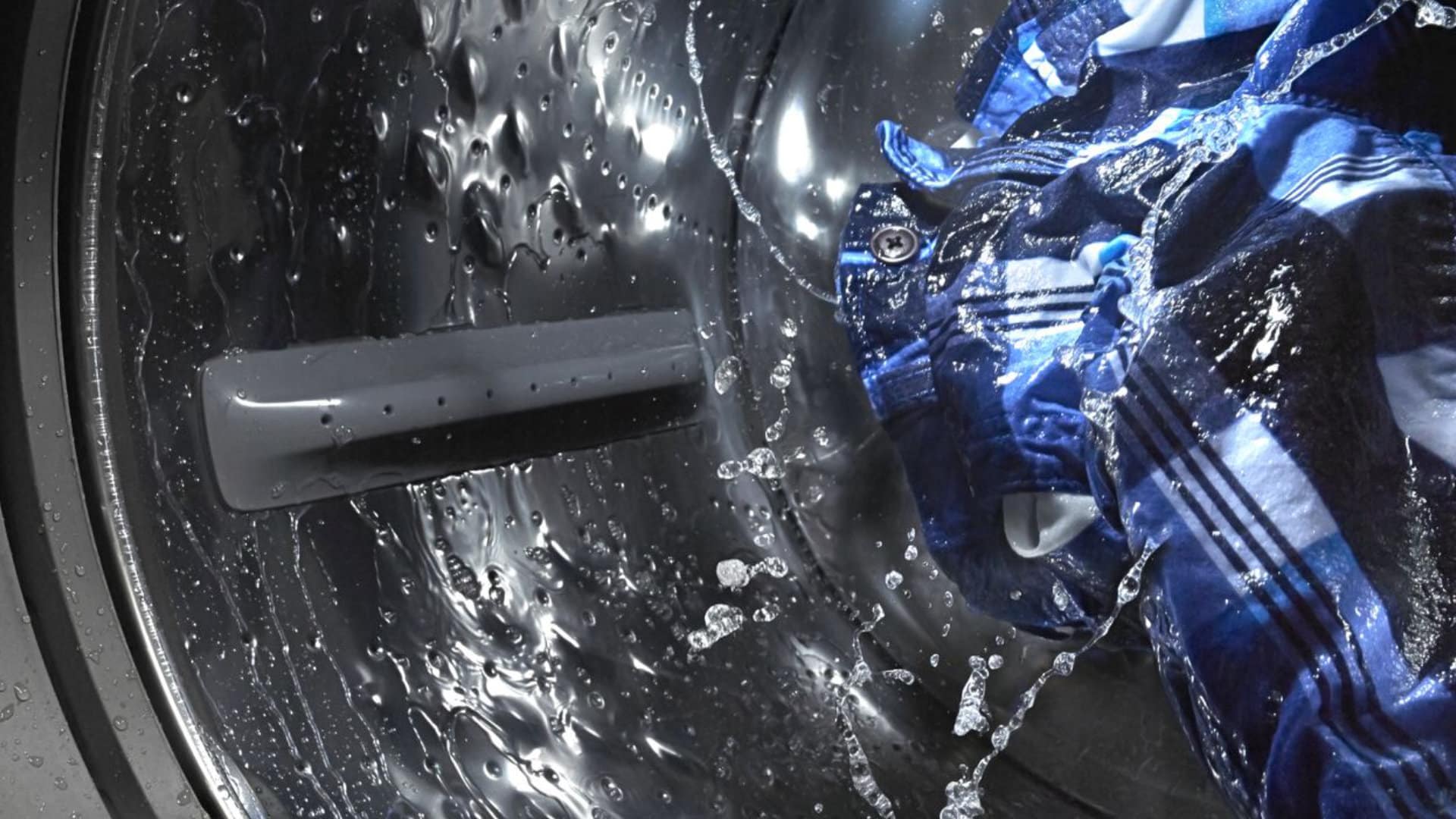
How to Fix the Whirlpool Washer F5 E3 Error Code
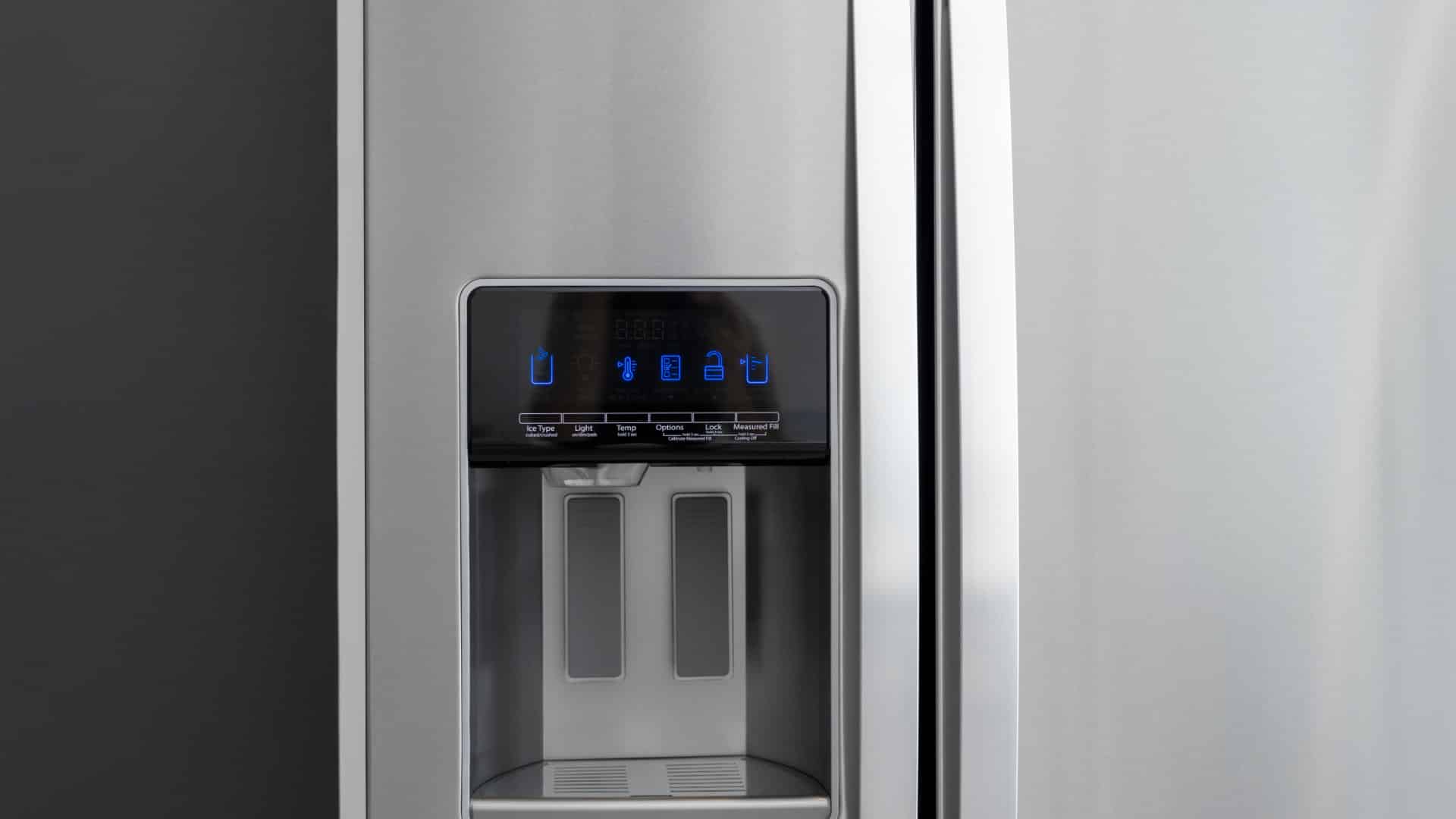
10 Steps to Clean Your Fridge Water Dispenser

How to Replace a Whirlpool Refrigerator Water Filter
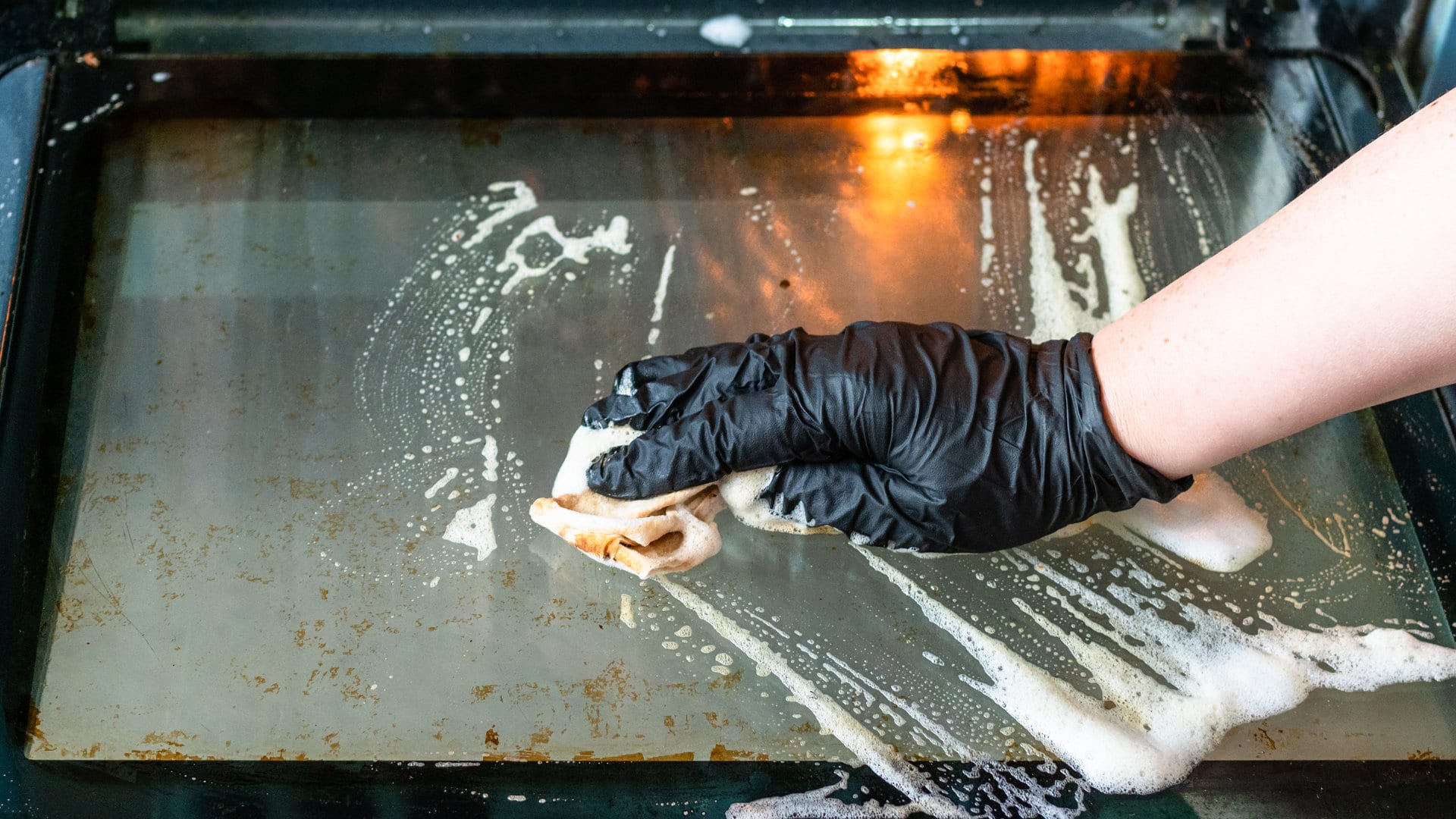
How to Clean an Oven Glass Door (3 Easy Methods)
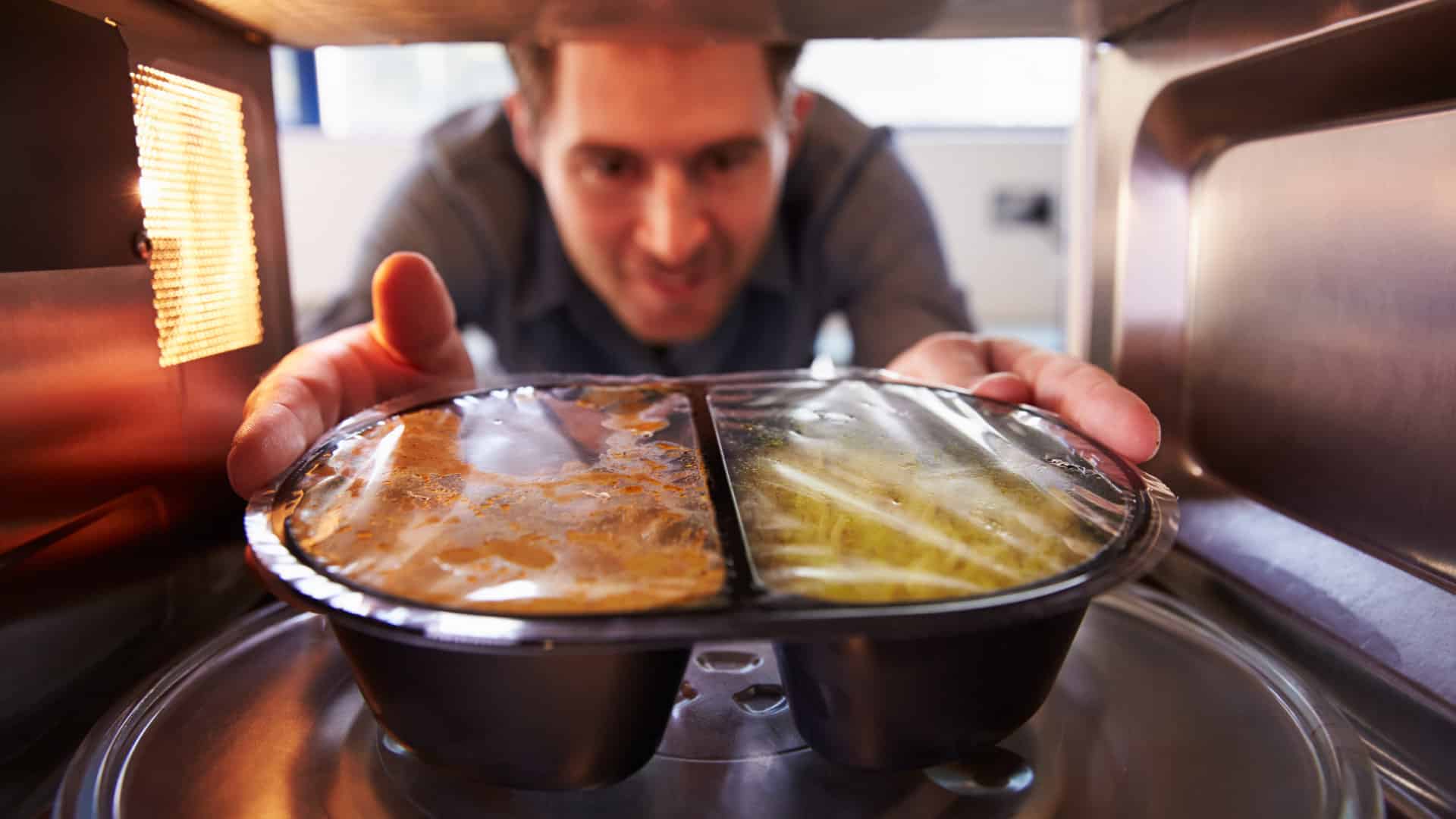
Why Your Microwave Plate Is Not Spinning

Washer Spin Cycle Not Working? Here’s Why

How to Fix a Slow Ice Maker
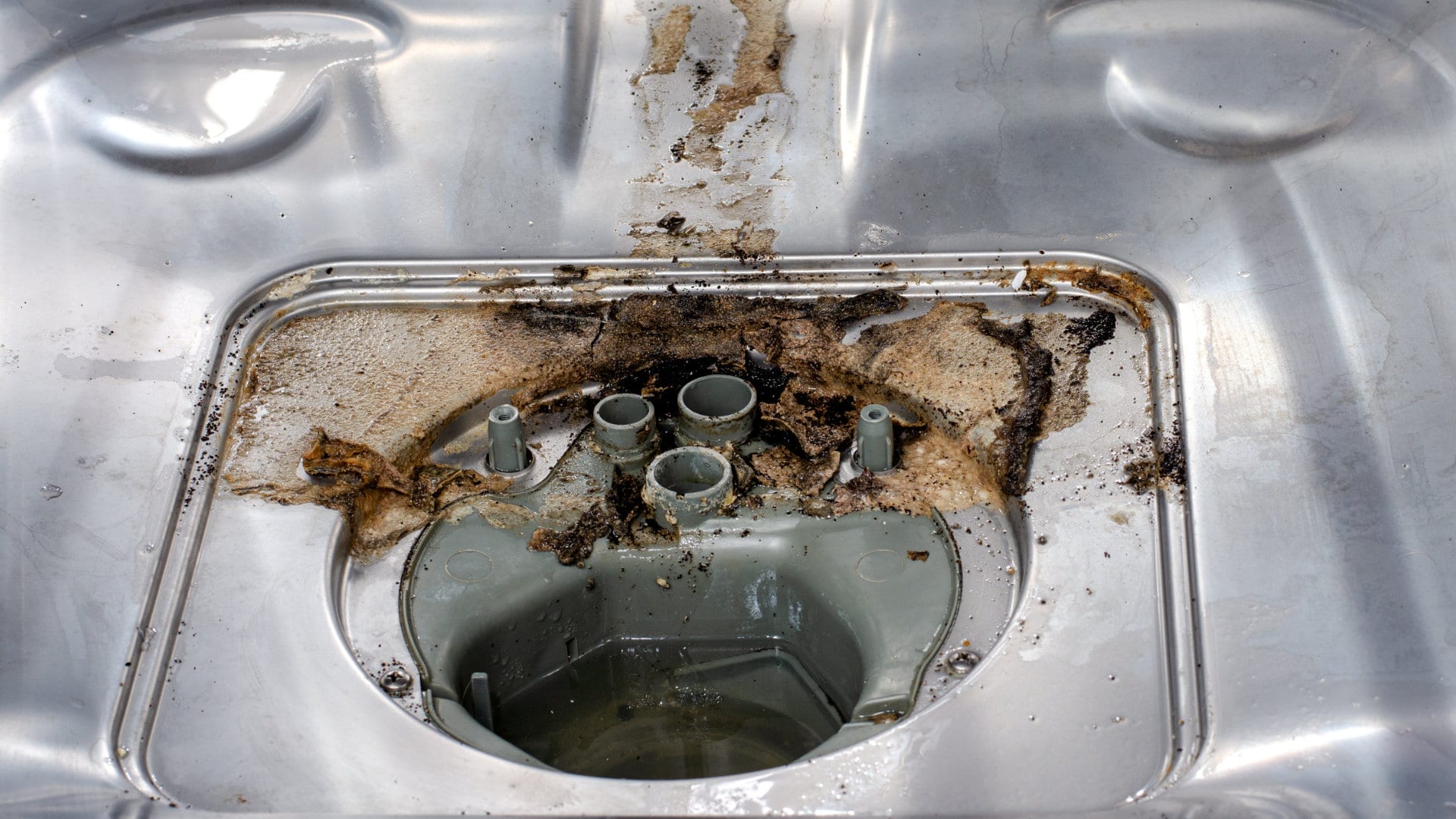
Why Does My Dishwasher Smell like Sewage?
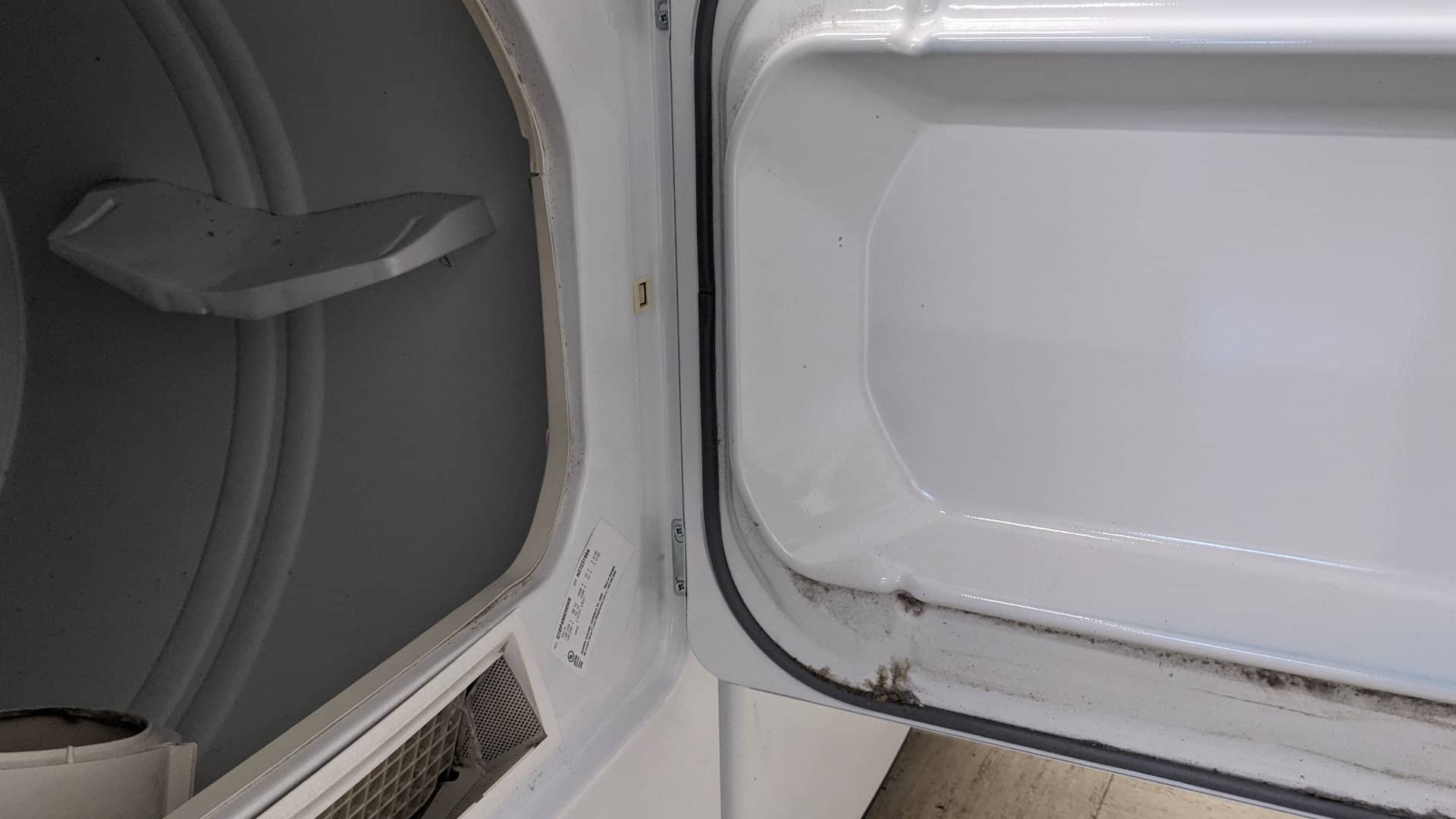
What Causes a Dryer to Overheat? (and How to Fix It)


